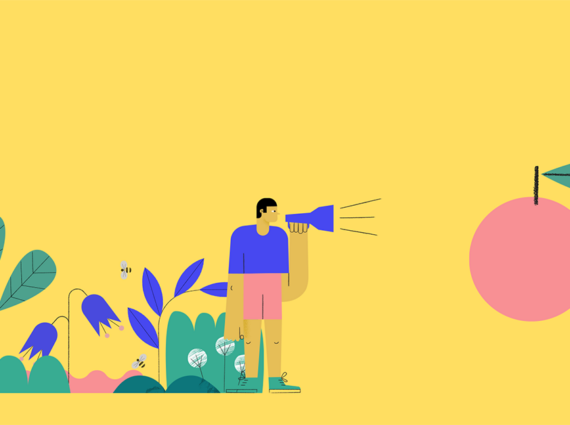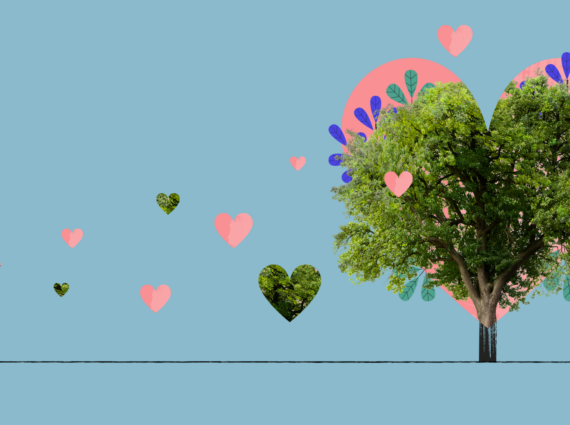Water seems to be in abundance. After all, it’s at your fingertips – turn on the tap, and it pours in a stream. Shop tills yield to its weight. Unfortunately, this does not mean that our world does not lack it. Northern Italy is currently facing its worst drought in 70 years. In 125 cities, there have been calls to ration drinking water. In Poland, a state of drought covers 68% of the country’s surface area and, as a result, there have been calls to reduce consumption in many regions. Even southern Norway, which would appear to have abundant water, has seen its water levels drop to very low this year despite being powered by hydroelectric power plants.
Therefore, we need widespread knowledge of what causes global drought and how each of us can prevent it!
Many facets of drought
Drought is a noticeable lack of water that causes environmental and economic damage and risks for the population. It is a phenomenon characterised by temporality and spatiality. Drought differs from other natural hazards in that it progresses slowly. It can be masked by several factors and therefore be confused with other phenomena. It is a continuous process and moves into successive phases. Following World Meteorological Organisation (WMO) guidelines, drought falls into several categories:
- Meteorological drought refers to the standard conditions of a specific location. It occurs when recorded rainfall is below the multi-year average or absent altogether.
- Agricultural drought, also known as soil drought, refers to a period when soil moisture does not meet the needs of plants. It, therefore, includes changes in the vegetation, including symptoms of water stress, yield reduction and decreases in biomass. This stage can be reflected directly in losses in agricultural and forestry production.
- Hydrological drought is when the amount of water in rivers and lakes falls below the multi-year average. This type of drought affects surface water and is the third phenomenon stage.
- Hydrogeological drought occurs when groundwater resources are reduced over a long period. This manifests itself, among other things, as land degradation, the drying up of wells, and a physical lack of water that significantly affects human life. It is also sometimes referred to as a socio-economic drought.
By this breakdown, you can see that drought is a process that progresses. Atmospheric drought, i.e. a lack of rainfall over a specific time and in a particular area, can result in hydrological drought. On the other hand, a prolonged rainless period – with high evaporation simultaneously – causes a loss of water in the aeration zone (between the topographic surface and the free groundwater table). This leads to the next phase, which is soil drought. Lack of moisture in the root layer leads to plants’ wilting, resulting in agricultural losses. Progressive drought leads to low flows, i.e., lower surface water levels and gradual groundwater depletion. When they start to become scarce, society feels the effects.
Why is there a drought in the world?
We know by now that drought is a noticeable lack of water for a specific period and over a particular area. This evident lack of water is related to the lack of rainfall and the rising temperature. When the temperature noticeably increases, even if the rainfall amount specific to the area does not change, the humidity of the air decreases. Faster water evaporation means that our laundry gets dry faster, or when we get out of a lake, we dry more quickly. However, it also causes undesirable effects as it dries up swamps and ponds. The water balance is still negative in places where the rainfall is balanced but with higher evaporation. Hence, the world faces drought even when it rains, especially in urban areas where the water does not soak in but runs off into the drains.
We all have an impact on the world’s drought
When tackling drought, it is worth looking at the bigger picture. Firstly, it is essential to create conditions for natural water retention and retain water where it has fallen. Examples include naturalising wetlands, creating rain gardens, and restoring degraded ponds and waterholes. Developing the habit of saving water by individuals is also worth doing.
“If you remember just one thing from this review, it should be this: Cutting CO2 emissions reduces drought risk.”- wrote Professor Toby R. Ault in an article published in Science journal. And this is something to keep in mind. After all, anthropogenic greenhouse gas emissions directly impact global temperature. And this does not depend on where their source is – carbon dioxide emitted in Poland or the USA affects climate change worldwide. From the Arctic to the Antarctic!
Reduce your carbon footprint with TerGo
Such awareness gives us all the opportunity to mitigate climate change. Our everyday choices, such as cycling instead of driving, make a difference! Choosing plant milk instead of animal milk for breakfast, opting for local and seasonal produce, and even buying second-hand trousers are just the beginning of a list of activities supporting the reduction of our carbon footprint.
If you want to know what other things you can do for the planet, read the TerGo blog!





